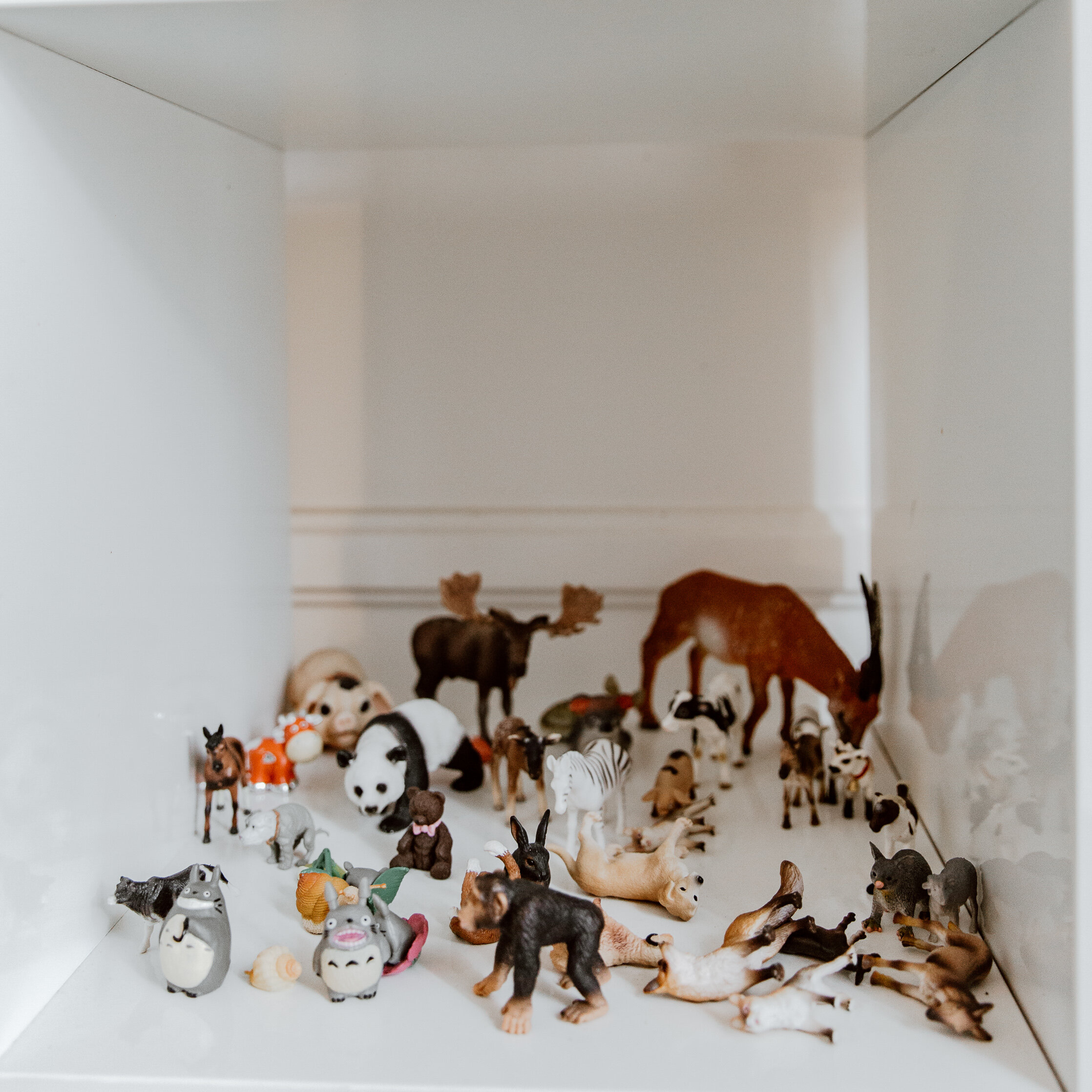Nurturing a Child’s Inner World: 5 Tips on How to Engage in Expressive Play and Communicate Effectively with Children
Authors: Christina Leggett and Thania Siauw, Psychologists
Children are naturally creative and sensory beings.
During particular times of their development, the young brain go through phases of being more non-verbal and intuitive, than language-based and logical. For example, children aged 6 to 9 years experience more neural growth and activity in the right hemisphere of their brain, which means that during this period, children will be more expressive and use their behaviour to communicate their needs, rather than their words.
As adults, we can access a child’s inner world through expressive ways of communicating such as with art and play. Play is children’s first and natural language, and provides a safe and self-guided way for children to express and process their feelings. Children are innately wise and will be drawn to particular types of activities and resources that they find soothing or that can provide adults with rich information about what a child is feeling and experiencing. For example, a child who is seeking extra nurturing and comfort during a period of anxiety may be observed to mother and care for a baby doll or stuffed toy. The child in this instance may identify with the doll and have a sense of what it is like to be cared for and looked after in that moment.
Children have not yet learned full verbal capacity to express how they are feeling, as their prefrontal cortex is still developing; they will instead show how they are feeling through non-verbal ways of communicating in their behaviour, role-playing and drawings. Toys and art resources can engage the child’s interest, and allow facilitation of creative and emotional expression without verbalisation.
Research has shown that through modalities such as play and art, children are able to tap into, express and process difficult or upsetting experiences through a medium that is gentle and accessible. With this modality we can also help to integrate the left and right hemispheres of the cortex, which is particularly helpful for individuals who have experienced trauma.
For both adults and children, expressive therapies assist to link our emotional brains (limbic system) to our hippocampus (memory system) and thinking brains (frontal cortex) to allow for expression, exploration, facilitation of new neural networks, and healing.
Creative approaches for children in a therapeutic, school and home setting can involve using play, art, drama, movement sandtray/symbol work, mindfulness and other creative techniques to draw out a child’s intentions, feelings, and the patterns that they have developed in their lives. It is a powerful way for children to learn how they operate as individuals and how they can move towards positive change. Often our feelings and experiences are hidden in our unconscious minds. We then repeat unhelpful patterns, or repeat behaviours without being aware of the causes or how to make changes. Using expressive therapies is an effective way for us to make the unconscious, conscious.
Below are 5 tips on how to engage in expressive play and communicate effectively with a child you work with or care for:
1. Let your child direct a play session with you
Dedicate a regular time (daily if possible) to play with your child and let them direct the play. For at least 30 minutes, they can set the scene of the play and guide you through what they want to do. Try to refrain from adding your opinion and your ideas too much as this can influence your child’s natural and unconscious train of thought and feelings. For example, your child asks you to play dress-ups with them. Instead of choosing your outfits or making suggestions for your child, ask them what they think you should put on. Encourage them to try on what they would like. This uninterrupted process helps your child to express their intentions, imagination, and they also learn to trust themselves and gain confidence in their creativity and decisions.
2. Verbally track your child’s feelings, behaviour, emotions, and intentions
We can help our children develop effective emotional and verbal language by narrating their play, and even their behaviour outside of play time. For example, “that doll looks really angry and it looks like it wants to stomp on all the other dolls!” By narrating what your child is doing, you are giving them language to articulate their internal world, which helps them to process their feelings, and communicate effectively with others (this also helps to integrate the left and right hemispheres of the brain as it links language to emotional and sensory experiences). Another example outside of play, may be that your child is teary and agitated after school and demands an ice-cream even though you have let her know that there will be no ice-cream after school. Rather than jumping into limit setting or problem-solving and continuing to argue with your child, you can say to her, “You are really hot and feeling tired after school today. You really wish you could have an ice-cream, and you feel upset that I said no.” Even if your child remains upset, you have given her language to process her feelings without shame. She is also hearing that you understand her and have noticed how her body and her behaviour have communicated with you.
3. Read with your child as much as possible (usually a good time is before bed)
Story time is a wonderful time to learn about emotions, social interactions, problem-solving skills and language. Story time also facilitates bonding and creativity. Often parents and their children can discuss the stories and characters together and relate similarities to their own lives. This is a non-threatening way to learn about empathy, behaviour, emotions, and effective communication.
4. Facilitate problem-solving through art
You can help guide your child through problem solving and processing his/her emotions using art particularly when they are upset and using the limbic (emotional) parts of their brain. This technique is non-threatening and soothing, and can help your child feel calm, regulated, and provides them with an outlet to express their feelings in a safe way. When your child is calm and feeling safe, they are more likely able to use their problem solving skills verbally as well as non-verbally. For example, if your child had an unresolved fight with their sibling, you can ask your child to draw a different ending to their fight and how he/she would like it to look like once it is resolved.
5. Allow your child to experience a wide variety of sensory sensations
Let your child create mess in their play, particularly if they are touching mud, sand, water, and other sensory elements in the environment. Often our environment provides us with tools, resources, textures and imagery which can reflect how we feel. We can see, hear, touch, smell, feel, and be with these elements in order to process and shift our feelings. For example, your child may be feeling agitated and unable to articulate what is happening for them. By allowing them to use tools such as clay to move, mould, soothe, and create, or have a bath to feel the soothing textures of water against the skin, your child can develop effective strategies to cope with and shift their emotional state. Repetitive motions such as prodding clay or colouring in can also be a wonderful way to soothe the limbic system and allow your child to calm down more effectively.

